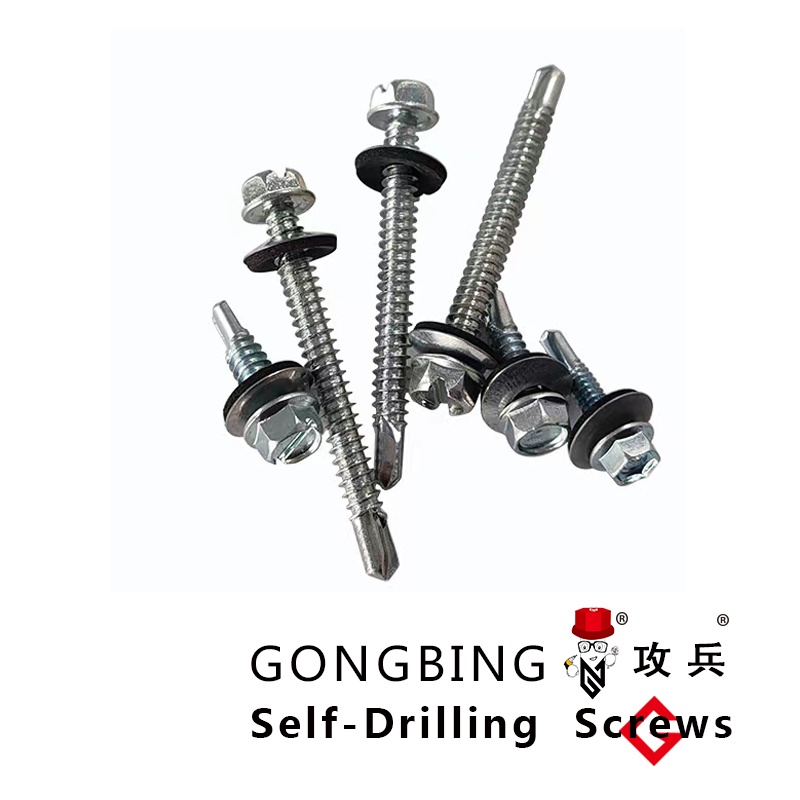chemical resin anchor bolts
Understanding Chemical Resin Anchor Bolts Applications, Advantages, and Installation
Chemical resin anchor bolts are innovative fastening solutions widely utilized in construction and engineering sectors. They create strong, durable connections between various materials, ensuring structural integrity and load-bearing capacity. This article explores the fundamentals of chemical resin anchor bolts, their applications, advantages, and installation procedures.
What are Chemical Resin Anchor Bolts?
Chemical resin anchor bolts consist of a metal bolt and a resin-based adhesive. The adhesive, often classified as two-component systems, is injected into a drilled hole in a substrate—typically concrete. The anchor bolt is then inserted into the resin-filled hole, whereupon chemical reactions occur, leading to the hardening of the resin and subsequently bonding the bolt to the surrounding material. This process results in high tensile and shear capacity, making chemical resin anchors suitable for various heavy-duty applications.
Applications of Chemical Resin Anchor Bolts
Chemical resin anchor bolts are employed in many applications, including
1. Structural Engineering They are commonly used in constructing buildings, bridges, and other infrastructure projects, providing essential support and stability.
2. Mechanical Equipment Installation These anchors secure machinery and heavy equipment, ensuring they remain fixed in position despite vibrations and heavy loads.
3. Renovation Projects In remodeling or retrofitting projects, chemical resin anchors allow for secure attachment of new elements to existing structures, such as attaching rails, supports, and brackets.
4. Seismic and Wind Load Applications Their ability to withstand dynamic loads makes them ideal for installations in regions susceptible to earthquakes or high winds.
5. Public Infrastructure Chemical resin anchor bolts are often used in roadwork signage, light poles, and other public safety installations.
Advantages of Chemical Resin Anchor Bolts
The popularity of chemical resin anchor bolts is attributed to their numerous advantages
1. High Load Capacity They can handle significant loads, both in tension and shear, making them reliable for heavy-duty applications.
2. Versatility These anchors work effectively in various base materials, including concrete, masonry, and brick.
chemical resin anchor bolts

4. Adaptability Unlike mechanical anchors, chemical resins can fill voids and cracks, allowing for better grip and distribution of loads. This adaptability minimizes stress concentrations that could lead to structural failure.
5. Ease of Installation The installation process involves simple drilling, cleaning, and injecting the resin, which can be quicker and less labor-intensive than traditional anchoring systems.
6. Non-destructive Testing Once installed, chemical resin anchors can be tested without damaging the surrounding structure, ensuring safety and efficacy.
Installation Process
Proper installation is crucial for ensuring the efficacy of chemical resin anchor bolts. The following steps outline a standard installation procedure
1. Site Assessment Analyze the application and determine the required load capacity, bolt size, and type of resin.
2. Drilling Use a hammer drill to create a hole in the base material. The hole should be slightly deeper than the length of the anchor bolt to ensure adequate resin filling.
3. Cleaning Clean the drilled hole to remove dust, debris, and moisture. This step is vital, as contaminants can affect the adhesive's performance.
4. Mixing Resin According to the manufacturer’s instructions, mix the two components of the resin if applicable.
5. Injecting the Resin Fill the hole with resin, ensuring even distribution. Avoid overfilling to enable proper insertion of the anchor bolt.
6. Inserting the Anchor Bolt Place the anchor bolt into the resin-filled hole, rotating it to distribute the resin.
7. Curing Time Allow the resin to cure for the recommended period as specified by the manufacturer before applying any loads.
Conclusion
Chemical resin anchor bolts offer a robust and adaptable solution for fastening in various engineering and construction applications. Their superior load capacity, corrosion resistance, and ease of installation make them an attractive choice for professionals in the field. Understanding their mechanics and proper installation techniques is essential for any successful project involving anchored connections. As the construction industry continues to advance, chemical resin anchor bolts will undoubtedly remain a vital component in creating safe and durable structures.
-
Weatherproof Plastic Expansion Anchors for OutdoorNovasJun.06,2025
-
Sustainability in the Supply Chain: Eco-Friendly TEK Screws ProductionNovasJun.06,2025
-
Load-Bearing Capacity of External Insulation FixingsNovasJun.06,2025
-
Double Head Bolts: Enhancing Efficiency in Industrial MachineryNovasJun.06,2025
-
Corrosion Resistance in Chipboard Screws: Coatings for Wholesale DurabilityNovasJun.06,2025
-
Butterfly Toggle Bolts : Enhancing Structural ResilienceNovasJun.06,2025
